Blood flow makes waves across the surface of the mouse brain
NIH-funded study challenges conventional wisdom about brain blood flow.

Blood flows in ripples across the brain. Red color shows blood vessels expanding as blood flow increases.NINDS
What
Researchers have, for the first time, visualized the full network of blood vessels across the cortex of awake mice, finding that blood vessels rhythmically expand and contract leading to “waves” washing across the surface of the brain. These findings, funded by the National Institutes of Health (NIH), improve the understanding of how the brain receives blood, though the function of the waves remains a mystery.
A network of elastic and actively pumping vessels carrying oxygenated blood span the surface of the brain before entering the cortex. There, they feed into a second network of capillaries that supply oxygen deeper into the tissue. Using physics-based experimental methods and analyses, the researchers saw that in addition to the pulses of blood flow that occur with each heartbeat, there are slower waves of blood flow changes that sweep across the brain and occur about once every ten seconds. The change in blood flow that occur with these slow waves was up to 20% of the entire brain blood supply. Surprisingly, this phenomenon was only weakly tied to changes in brain activity.
The waves produced visible bulges in the blood vessels, which will aid in mixing the fluid around the brain’s cells. This has implications in how waste products and other materials are removed from the fluid surrounding brain cells. Because the waves of bulging blood vessels move in a variety of directions, the authors surmise that the pulses of dilation and contraction of the blood vessels are more likely to be involved in mixing the fluid around them rather than actively moving it in a given direction. Regardless, this mixing activity could aid in removing misfolded proteins and other components from the brain into the cerebrospinal fluid that surrounds it. This process is considered an important protective mechanism for a variety of neurological disorders, such as Alzheimer’s disease and other related dementias, and is more active during sleep.
These findings may also affect current approaches to interpreting fMRI scans, which measure changes in blood oxygenation within brain structures as they are activated. Specifically, the finding that these waves of blood flow changes occur largely independent of brain activity suggests a new level of complexity complication that needs to be considered when interpreting the link between the fMRI data and brain activation.
This research was funded in part by the NIH’s Brain Research Through Advancing Innovative Neurotechnologies® (BRAIN) Initiative (U19NS123717, R01NS108472), the NIH’s National Institute of Neurological Disorders and Stroke (R35NS097265), the NIH’s National Institute of Mental Health (R01MH111438), and the NIH’s National Institute of Biological Imaging and Bioengineering (U24EB028942, R01EB026936)
Who
Jim Gnadt, Ph.D., program director, NINDS Division of Neuroscience
Roderick Corriveau, Ph.D., program director, NINDS Division of Neuroscience
To arrange an interview, please contact [email protected].
Article
Broggini T., J. Duckworth et al. “Long-wavelength traveling waves of vasomotion modulate the perfusion of cortex.” Neuron. May 22, 2024. DOI: 10.1016/j.neuron.2024.04.034
About the National Institute of Neurological Disorders and Stroke (NINDS): NINDS is the nation’s leading funder of research on the brain and nervous system. The mission of NINDS is to seek fundamental knowledge about the brain and nervous system and to use that knowledge to reduce the burden of neurological disease.
The NIH BRAIN Initiative is managed by 10 Institutes and Centers whose missions and current research portfolios complement the goals of The BRAIN Initiative®: National Center for Complementary and Integrative Health, National Eye Institute, National Institute on Aging, National Institute on Alcohol Abuse and Alcoholism, National Institute of Biomedical Imaging and Bioengineering, Eunice Kennedy Shriver National Institute of Child Health and Human Development, National Institute on Drug Abuse, National Institute on Deafness and other Communication Disorders, National Institute of Mental Health, and National Institute of Neurological Disorders and Stroke.
About the National Institutes of Health (NIH):
NIH, the nation’s medical research agency, includes 27 Institutes and Centers and is a component of the U.S. Department of Health and Human Services. NIH is the primary federal agency conducting and supporting basic, clinical, and translational medical research, and is investigating the causes, treatments, and cures for both common and rare diseases. For more information about NIH and its programs, visit www.nih.gov.
NIH…Turning Discovery Into Health®

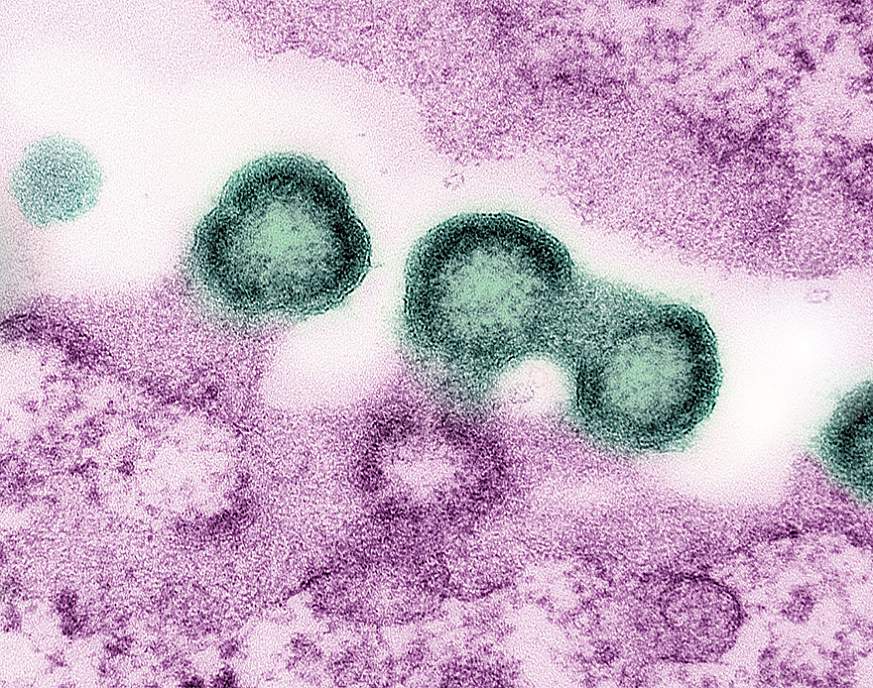
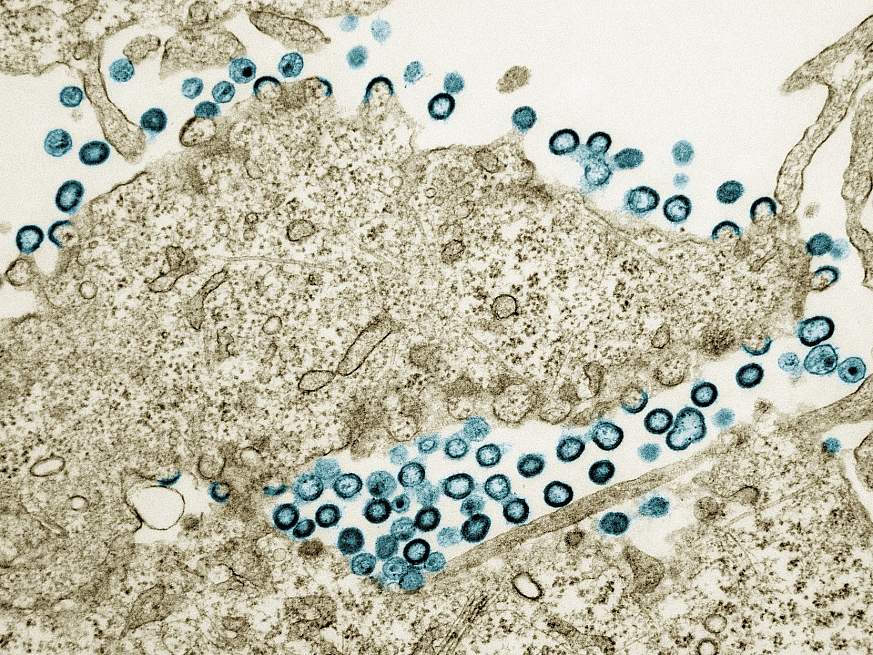
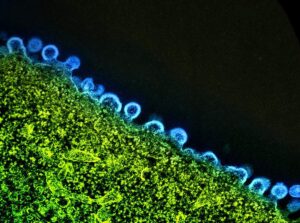
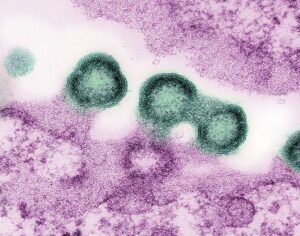
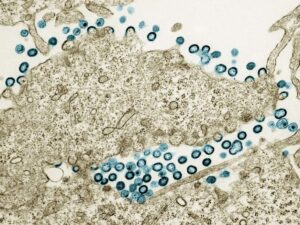
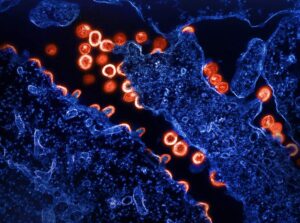

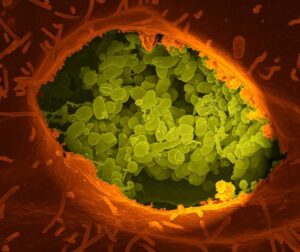


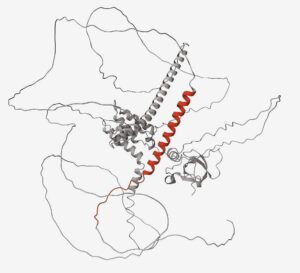

Post Comment